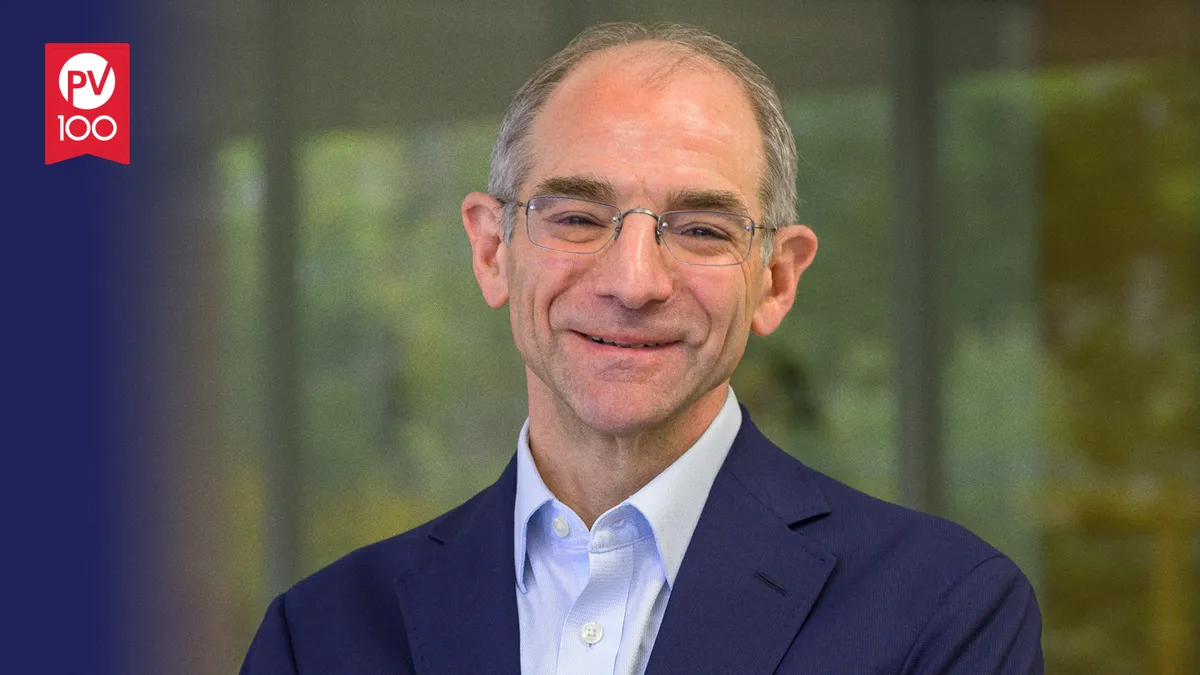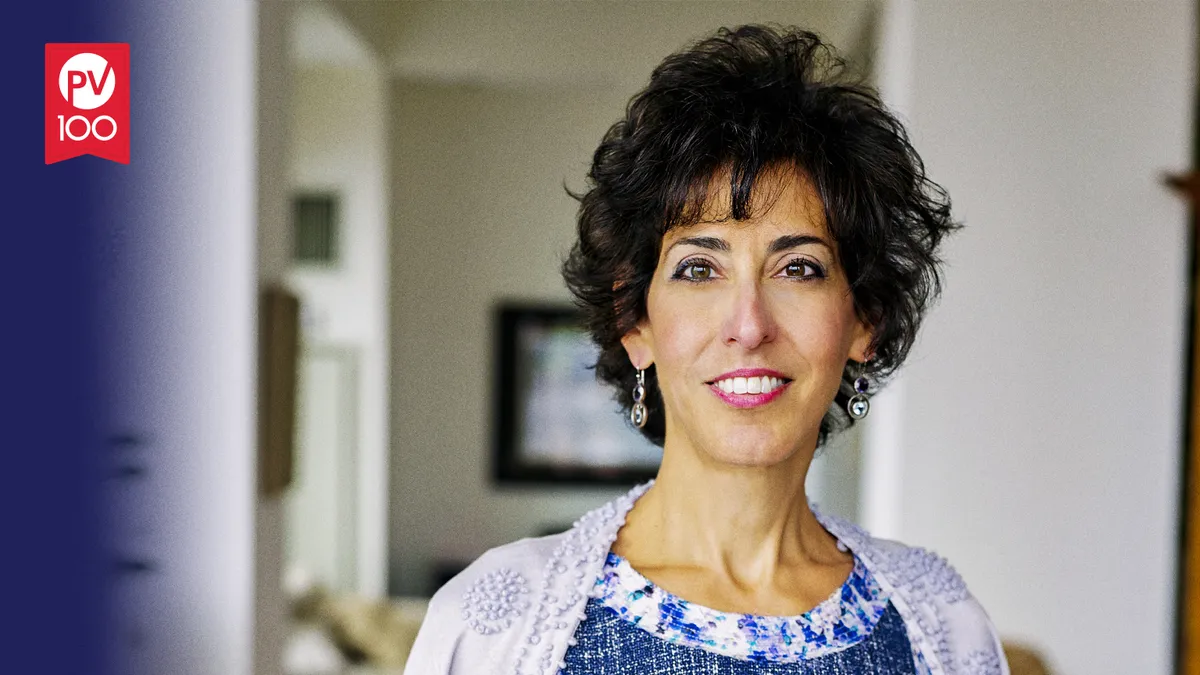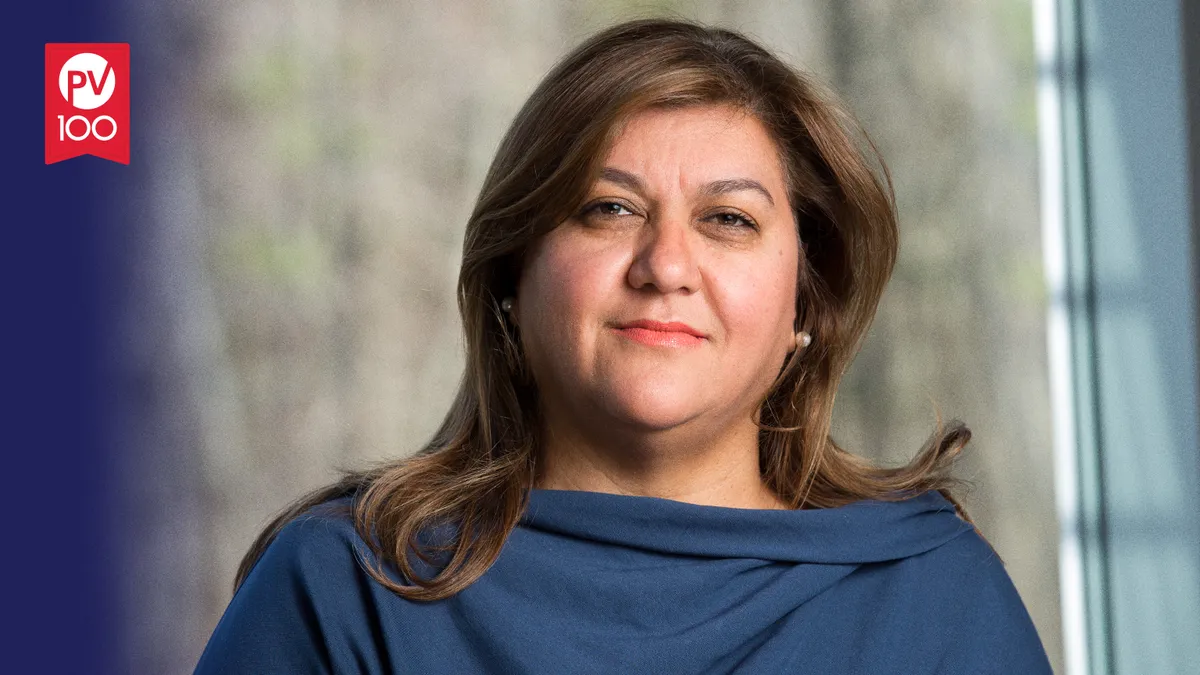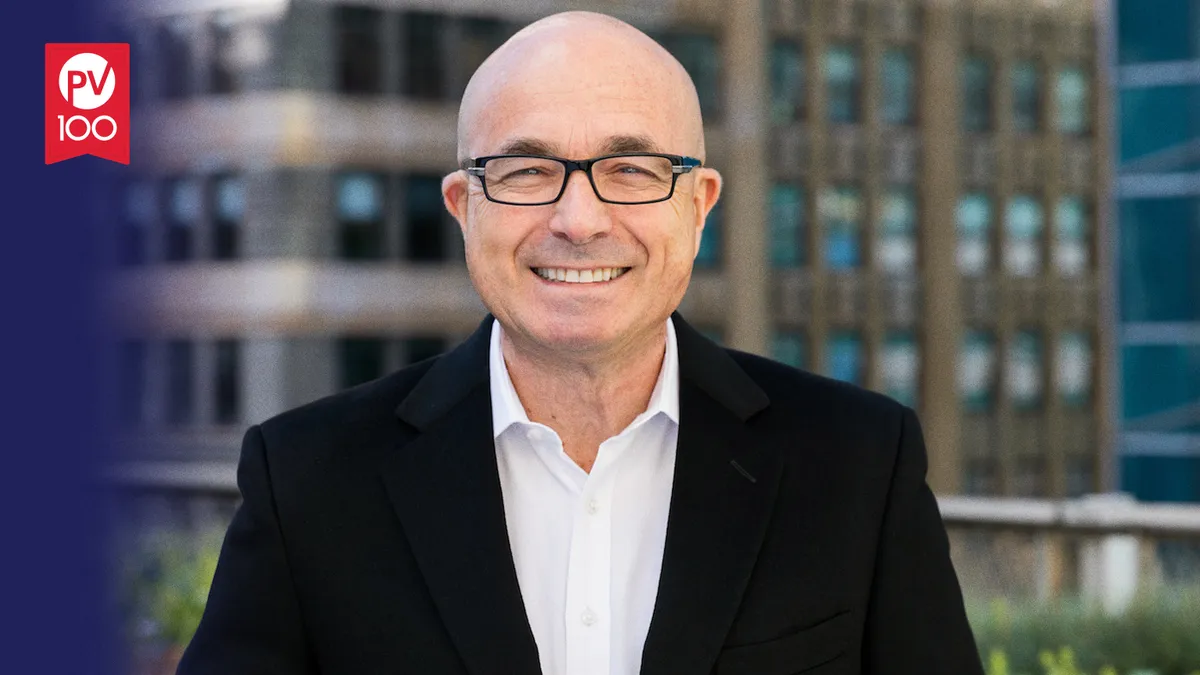Editor’s note: This story is part of our 2023 Red Jacket awards feature.
Dr. Mark Goldberg, chairman and CEO of Allucent, was retired once.
It didn’t last long.
“I retired for about two and a half weeks, basically, and decided I couldn't sit around,” he said. “That wasn't gonna work.”
He had certainly earned his retirement. Goldberg had spent 21 years at the biopharma services company Parexel International, including a decade as president and chief operating officer. When the company, which had been public, was sold to private equity in 2017, Goldberg decided to retire, but found himself growing restless almost immediately.
“I’m not designed for sitting still very well, which wasn't totally a shock,” he said. “What was surprising is how quickly I wanted to start doing something again.”
It shouldn’t have been a surprise, though. Throughout his career, Goldberg has continually been on the cutting edge of emerging technologies and ideas. He served as president and director of WorldCare, a telehealth spin-off from Massachusetts General Hospital that he helped found in the early 1990s to pioneer digital imaging in clinical trials. The company worked with Procter and Gamble to digitally capture X-rays from women all over the world for an osteoporosis trial and use those images as a clinical endpoint at a time when that wasn’t the norm.
“It became sort of obvious that there was an enormous opportunity to leverage imaging as an endpoint in clinical trials more broadly,” he said.
Now he’s leading Allucent, a contract research organization dedicated to serving small and mid-sized biotech companies.
"There's a real opportunity for decentralized trials to overcome the biggest challenge in running clinical trials, which is recruitment and retention."

Dr. Mark Goldberg
CEO and chairman, Allucent
Since its founding in 2018, Allucent has run about 1,000 clinical trials in roughly 70 countries and played a hand in more than 50 marketing authorizations in either the U.S. or Europe. The company also recently signed a deal with the Biomedical Advanced Research and Development Authority (BARDA) to initiate and implement a 10,000-participant phase 2b clinical trial to evaluate the relative efficacy of next-generation COVID-19 vaccine candidates compared to existing ones.
Allucent arose from what Goldberg saw as a huge, untapped opportunity to serve these small and mid-sized biotech companies, which often have the most exciting science but also limited resources.
Those limited resources extend to CROs, too. Although upwards of 80% of intellectual property in the biotech industry lives with smaller companies, most CROs cater to Big Pharma, which has profoundly different needs than a small biotech startup.
“By the time the CRO is engaged by a large pharma, most of the decisions have been made, the course has been plotted to a very large degree, and you're really about execution,” Goldberg said.
In contrast, a CRO’s relationship with a smaller company needs to be a strategic one, not only helping it run clinical trials, but also offering input into clinical design, expertise in engaging with regulators and input into publishing results, as well as other services.
“They have to be more efficient, they have to be nimble, and they have to move fast — and so does the CRO that works with them,” he said. “You're really an extended part of their success with their molecule.”
Goldberg has always been interested in technology and its application in medicine — he actually studied computer science and technology at MIT before medical school — and he’s putting that interest and expertise to use at Allucent.
Here, the PharmVoice 100 honoree and now Red Jacket discusses his career, trends that he’s following and notable tech changes in clinical research.
This interview has been edited for brevity and style.
PHARMAVOICE: What are you most proud of in your career?
DR. MARK GOLDBERG: A couple [things] that really stand out is the early work that we did applying imaging in the clinical trial space. As with most good ideas, there were many people who were also going down this path. It's not like I was the pioneer. But we expanded on what can be done in that arena and starting to apply it more broadly to different diseases, having had the experience of interacting with the FDA around how we can do that, what it takes for them to believe in an endpoint and how they want that data to be presented at a time when it wasn't done that often.
And so for me, in terms of impact on the industry, I think some of the things we did at that time were really groundbreaking in a way.
The other highlight was just having been part of the journey of Parexel for 21 years. The company was well established when I joined, but it grew dramatically over the 21 years that I was there to the point that I was given the opportunity to run an organization with about 20,000 people in it. That's really an honor and a privilege to get that kind of an opportunity. To have been part of that journey, to be part of creating that strategy, to grow the company globally — for me was huge.
What technology trends are you following in clinical trials?
There's a real opportunity for decentralized trials to overcome the biggest challenge in running clinical trials, which is recruitment and retention. I also think it has a big opportunity to play a role in what the FDA is trying to address in terms of racial and ethnic diversity. If you can capture patients from a broader geography, it makes it easier to get more diversity in the trial.
Another area that I've been interested in for decades, since the very early days that I've been around drug development, has been the use of model-based or model-informed drug development. Allucent acquired a company called Nuventra, which … brings to the table the ability to use … a quantitative approach, to inform the design of trials and help to predict the outcomes. If you can design trials better, you can potentially do fewer of them. That saves an enormous amount of time and money. You can pick doses better, you can adjust dosing to broader populations based on data across populations. For example, instead of having to run a separate trial on patients with renal impairment or hepatic impairment, you might be able to model that in a way that shows how the dose should be adjusted, and in some cases, the outcomes of these kinds of analyses are acceptable for labeling purposes. Pediatrics is another example.
Can you talk about the use of AI and automation in clinical trials?
I'm very pragmatic about technology. I don't think there's any magic fairy dust here. But I do think there's some low-hanging fruit [in] repetitive activities that occur in the drug development process [and] data cleaning and analytic processes … that lend themselves to the use of some of these automated technologies.
I'm not expecting in the near-term wizardry; I’m just talking about being more efficient in the way we do stuff. Some of these AI applications or bots … that look at safety data or efficacy data can detect patterns. These algorithms are very good at detecting patterns. [There are opportunities] even in writing. If you think about the kinds of submissions we make in writing to the regulators … the constructs of these documents are very defined.
See our full list of 2023 PharmaVoice 100 winners.











